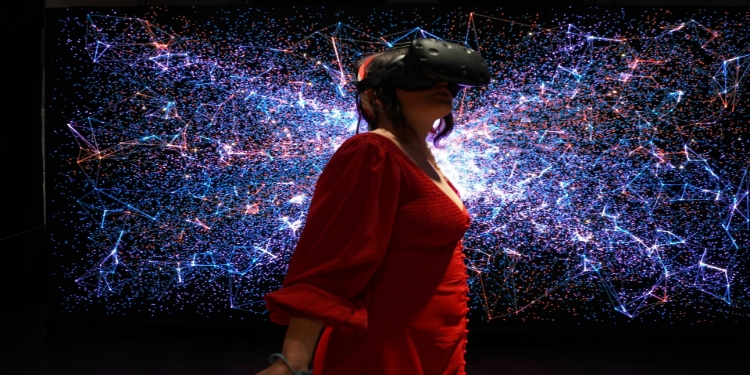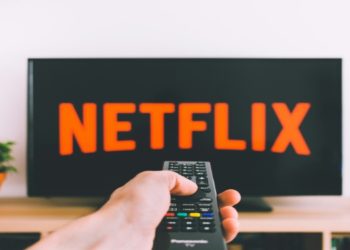The boundaries between reality and digital experiences grow thinner each year. What once seemed like science fiction, virtual worlds inhabited by millions, AI companions that learn our preferences, entertainment that responds to our moods, has become everyday reality. We’re standing at the edge of another transformation, one that will make today’s streaming services and social platforms look as dated as broadcast television appears to us now.
Entertainment no longer waits for us to find it. It seeks us out, learns what we want, sometimes before we know ourselves.
Regional Markets and Cultural Adaptation
The globalisation of entertainment hasn’t created the homogeneous landscape many predicted. Instead, digital platforms have become increasingly sophisticated at tailoring experiences to regional preferences whilst maintaining global connectivity.
Markets across Asia, Europe, and the Americas each demonstrate unique consumption patterns and cultural preferences that shape platform development. Streaming services now produce region-specific content that can still achieve worldwide success. Gaming companies design experiences that resonate locally yet function globally. Entertainment platforms understand that one size never fits all, particularly in diverse markets where cultural nuances matter. For instance, online gambling in NZ has evolved to reflect local preferences for specific games and responsible gaming features, whilst still connecting players to international networks and tournaments. Regional adaptations like these show how digital entertainment succeeds by respecting cultural differences rather than erasing them.
The most successful platforms recognise that localisation goes beyond language translation. Payment methods, content curation, user interface design, and community features all require careful calibration for different markets. A platform thriving in Seoul might fail in Stockholm without significant adjustments, making localisation more important than many realize.
The Rise of Immersive Technologies
Virtual reality has finally moved beyond the hype cycle into practical application. Headsets have become lighter, more affordable, and less likely to induce motion sickness. More importantly, creators have learnt what works in VR and what doesn’t.
The killer applications aren’t coming from gaming alone. Virtual concerts let fans experience performances from the front row, or better yet, from the stage itself. Educational experiences transport learners to historical events or inside biological processes. Social VR spaces offer presence and connection that video calls can’t match.
Augmented reality might prove even more transformative. Rather than replacing reality, AR enhances it. Imagine watching a football match with real-time statistics floating above players, or touring a museum where paintings come alive with additional context and animation. The technology already exists; we’re just waiting for the infrastructure and content to catch up.
Mixed reality represents the next frontier. Blending virtual and physical seamlessly, it promises experiences we can barely imagine. Work meetings where remote colleagues appear as holograms in your living room. Gaming experiences that transform your entire house into a playfield.
Artificial Intelligence as Creative Partner
AI has moved from novelty to necessity in entertainment production. Algorithms don’t just recommend what to watch next; they influence what gets made in the first place.
Studios analyse viewing patterns to identify successful story elements. Music platforms use AI to generate personalised playlists that introduce listeners to new artists whilst keeping them engaged. Game developers employ machine learning to create opponents that adapt to player skill levels, ensuring consistent challenge without frustration. The creative process itself is changing.
But AI’s role extends beyond analytics and personalisation. Generative AI creates background music, writes dialogue variations, and produces visual effects. Virtual actors, indistinguishable from humans, might soon star in productions. The question isn’t whether AI will be involved in entertainment creation, but how much human creativity will remain essential.
Personalisation reaches new depths when AI understands not just what we’ve watched, but our current emotional state, available time, and social context. Platforms might offer different content on Friday evening versus Monday morning, recognising the difference in our mindset and needs.
Blockchain and Digital Ownership
NFTs might have suffered a reputation crisis, but the underlying concept of digital ownership remains compelling. Audiences invest time and money in digital entertainment; they want something to show for it.
Blockchain technology enables true ownership of digital assets. Skins earned in one game could theoretically transfer to another. Digital art collections could be displayed across platforms. Exclusive content becomes genuinely exclusive when ownership is cryptographically verified. The speculation bubble has burst, thankfully, leaving room for practical applications.
Smart contracts automate royalty payments, ensuring creators receive compensation whenever their work is resold or reused. This could revolutionise how entertainment professionals monetise their output, particularly independent creators who lack traditional distribution channels.
Decentralised platforms promise alternatives to corporate-controlled entertainment networks. Whether they can achieve the scale and polish audiences expect remains uncertain.
The Creator Economy Evolution
Content creation has democratised, but the creator economy faces growing pains. Millions compete for attention whilst platforms extract significant value from their labour.
New models emerge to address these imbalances. Direct fan funding through subscriptions and tips reduces reliance on advertising. Creator cooperatives pool resources and negotiate collectively with platforms. Some creators launch their own platforms, controlling the entire value chain. The relationship between creators, platforms, and audiences will define entertainment’s future.
Micro-content and macro-experiences coexist. Some creators thrive on seconds-long videos viewed millions of times. Others build elaborate worlds that fans inhabit for hours. The key lies in understanding which format suits which story, and which audience seeks which experience.
AI tools lower the technical barriers to content creation. Someone with a good idea no longer needs expensive equipment or technical expertise to bring their vision to life.
Privacy and Digital Wellbeing
The more entertainment platforms know about us, the better they can serve us, and the more privacy we sacrifice. This tension will only intensify as biometric data and emotional AI become standard.
Platforms that respect user privacy whilst delivering personalised experiences will earn loyalty. Transparency about data use, genuine control over personal information, and ethical AI implementation will become competitive advantages, not regulatory burdens.
Digital well-being features evolve from simple screen-time trackers to sophisticated systems that promote healthy engagement. Platforms might suggest breaks, recommend diverse content to avoid echo chambers, or detect signs of problematic usage patterns. The challenge lies in implementing these features without appearing preachy or reducing engagement metrics that drive revenue.
David Prior
David Prior is the editor of Today News, responsible for the overall editorial strategy. He is an NCTJ-qualified journalist with over 20 years’ experience, and is also editor of the award-winning hyperlocal news title Altrincham Today. His LinkedIn profile is here.











































































